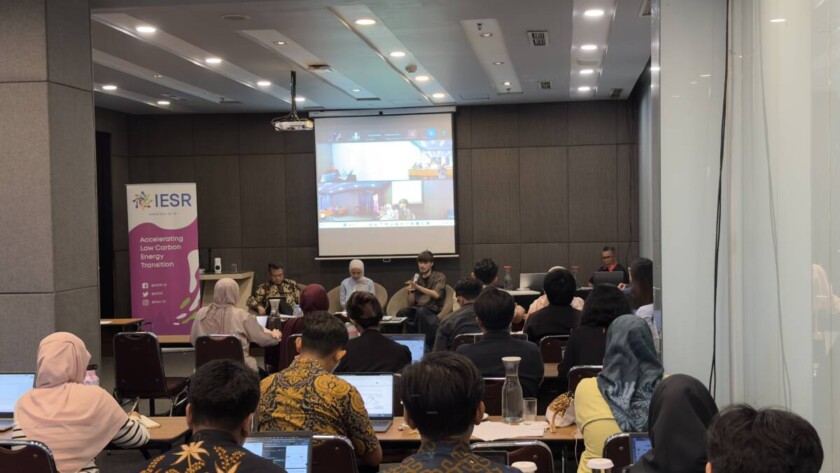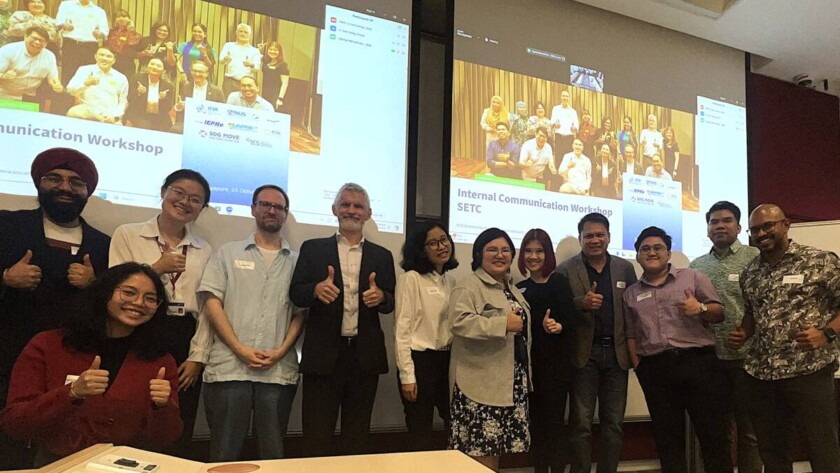As the world nears the 10 year anniversary of the Paris Agreement , the urgency for more ambitious climate action has never been greater as the First Global Stocktake reveals a bitter reality: the world remains off track to meet the goal of limiting global warming to 1.5°C ( UNFCCC, 2024 ).…












